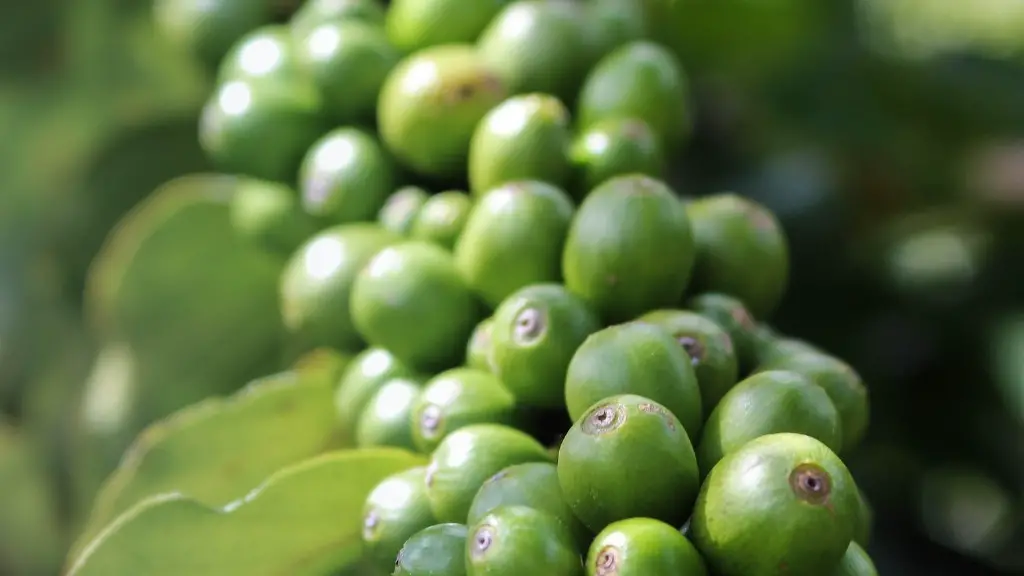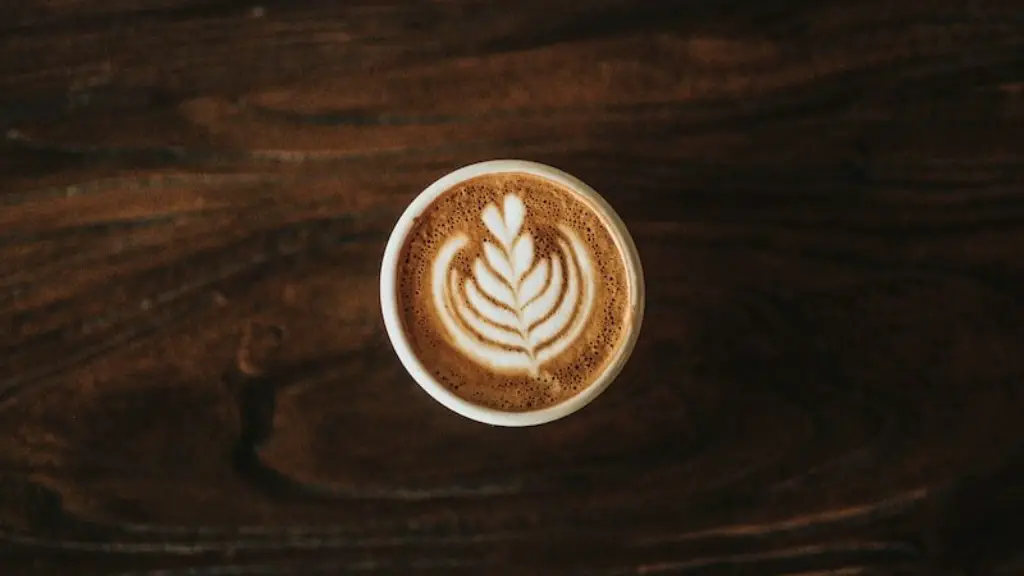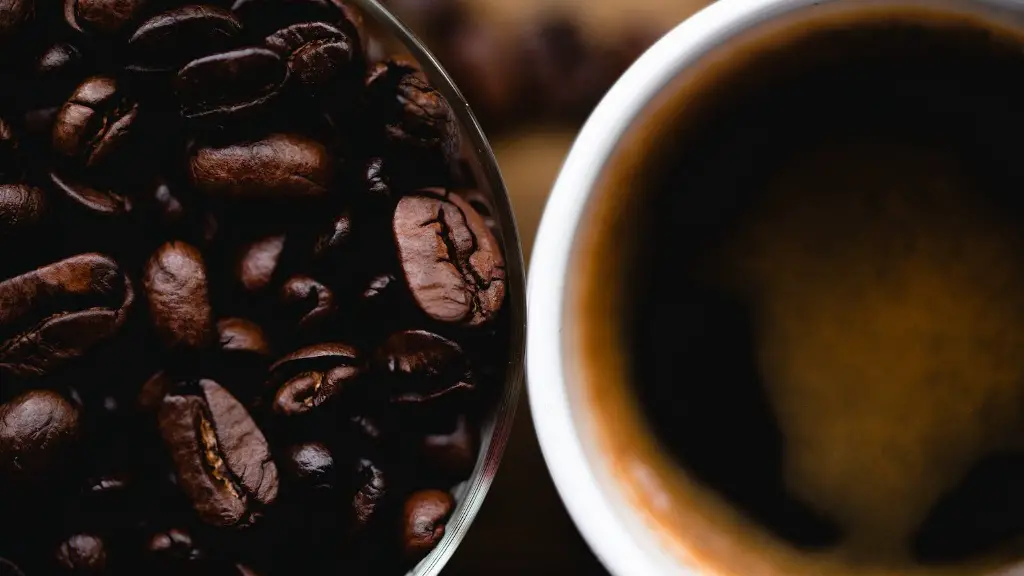What is Caffeine?
Caffeine is one of the most popular stimulants in the world, widely consumed in coffee, tea, energy drinks, and soft drinks. It is a naturally occurring chemical compound that increases alertness and enhances concentration. Caffeine works by blocking the action of adenosine, a chemical that accumulates throughout the day and causes sleepiness. Caffeine increases energy levels, improves mental focus, and improves reaction times. It is quickly absorbed by the body and can provide an energy boost within minutes.
How Much Caffeine is in Starbucks Iced Coffee?
A standard grande-sized Starbucks Iced Coffee contains a total of 160mg of caffeine per 16-ounce cup. This is a fairly high amount of caffeine compared to other coffee beverages, such as an espresso or cappuccino, which contains around 75mg per serving. The amount of caffeine in an iced coffee from Starbucks can vary slightly depending on the type of coffee that is used. For example, Starbucks Colombia Iced Coffee has more caffeine than a Blonde Roast Iced Coffee.
Health Benefits and Risks of Caffeine
While moderate amounts of caffeine can provide energy, alertness, and concentration, consuming too much can have negative health effects. Studies have found that high levels of caffeine consumption can increase blood pressure, reduce the absorption of calcium and vitamins, and cause restlessness and insomnia. Therefore, it is important to be aware of how much caffeine you are consuming.
One of the most popular ways to increase alertness and concentration naturally is to consume coffee, tea, and other caffeinated beverages. Caffeine can improve cognitive performance and athletic performance due to its stimulant properties, but it can also be harmful when consumed in excess.
Alternatives to Starbucks Iced Coffee
There are a variety of different ways to enjoy the flavor of coffee without drinking a cup of Starbucks Iced Coffee. For example, some people choose to drink decaffeinated coffee, tea, or soft drinks instead.
Decaffeinated coffee is made by removing the caffeine from coffee beans before they are roasted. The process of removing the caffeine leaves the coffee beans with a less intense flavor than regular coffee. Decaf coffee is readily available in supermarkets and Starbucks stores around the world.
Tea is another great alternative to Starbucks Iced Coffee. Green tea is naturally low in caffeine and high in antioxidants, making it a great way to enjoy the flavor of tea without the caffeine. Additionally, there are a variety of decaffeinated teas available on the market, such as chamomile and peppermint teas.
Finally, soft drinks are another option for those looking to reduce their caffeine intake. Most soft drinks contain small amounts of caffeine, so they can be a great alternative for those who don’t want to consume a lot of caffeine.
The Impact of Caffeine on Sleep
Caffeine can interfere with the body’s natural sleep cycle. The stimulant effects of caffeine can make it difficult to fall asleep and stay asleep. Additionally, caffeine can disrupt the body’s natural production of melatonin, an important sleep hormone.
Studies have found that consuming caffeine close to bedtime can lead to sleep disturbances and difficulty falling asleep. Additionally, caffeine can reduce the amount of REM sleep, which is important for restoring energy and consolidating memories. Therefore, it is important to limit caffeine intake later in the day.
Factors to Consider
The amount of caffeine in Starbucks Iced Coffee can vary depending on the type of coffee used. Additionally, some people may be more sensitive to caffeine than others, so it is important to monitor your caffeine intake. Finally, it is important to consider the impact of caffeine on sleep and limit caffeine intake later in the day.
Tips for Minimizing Caffeine Intake
There are a variety of ways to minimize caffeine intake while still enjoying the flavor of coffee. Here are some tips for reducing caffeine intake:
-Switch to decaffeinated coffee.
-Opt for tea instead of coffee.
-Drink soft drinks instead of coffee or tea.
-Limit caffeine intake later in the day.
-Stick to one cup of coffee per day.
-Choose lighter roasts of coffee.
Practicing Mindfulness
Mindfulness is an important part of reducing caffeine intake. Practicing mindfulness means becoming more aware of what you are consuming and how it affects your body and mind. This can include paying attention to how much caffeine you are consuming, when you are consuming it, and how your body is responding to it. With mindfulness, you can bring awareness to how much caffeine you are consuming and adjust your intake accordingly.
Conclusion
Starbucks Iced Coffee contains a total of 160mg of caffeine per 16-ounce cup. While moderate amounts of caffeine can provide energy, alertness, and concentration, consuming too much can have negative health effects. There are a variety of alternatives to Starbucks Iced Coffee, such as decaffeinated coffee, tea, and soft drinks. It is important to consider the impact of caffeine on sleep and limit caffeine intake later in the day. Mindfulness is an important part of reducing caffeine intake, as it can help to bring awareness to how much caffeine you are consuming.


